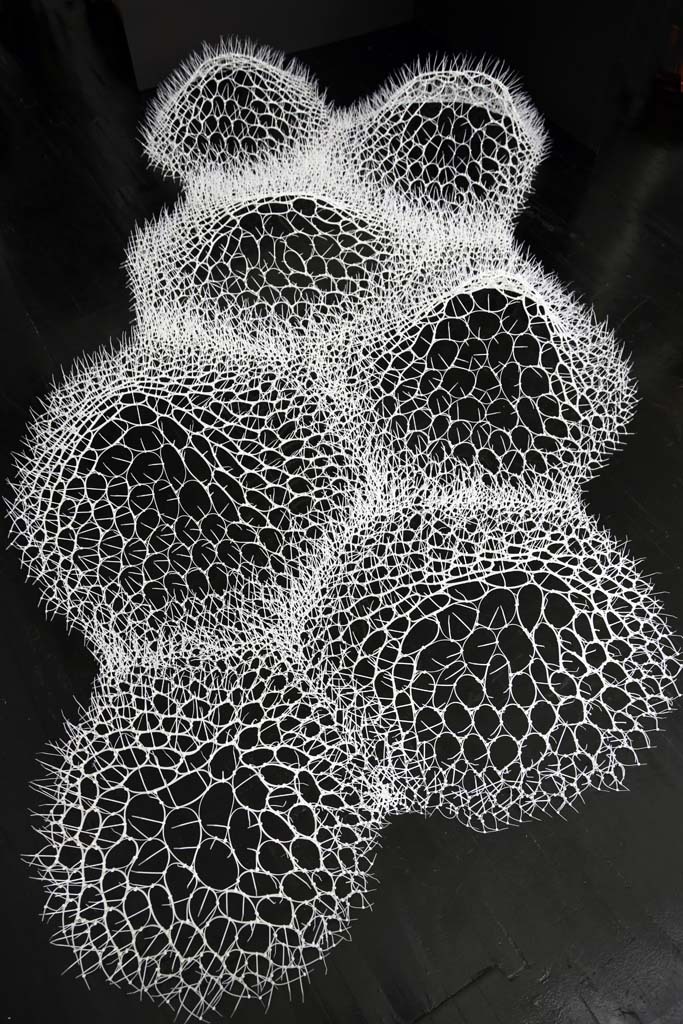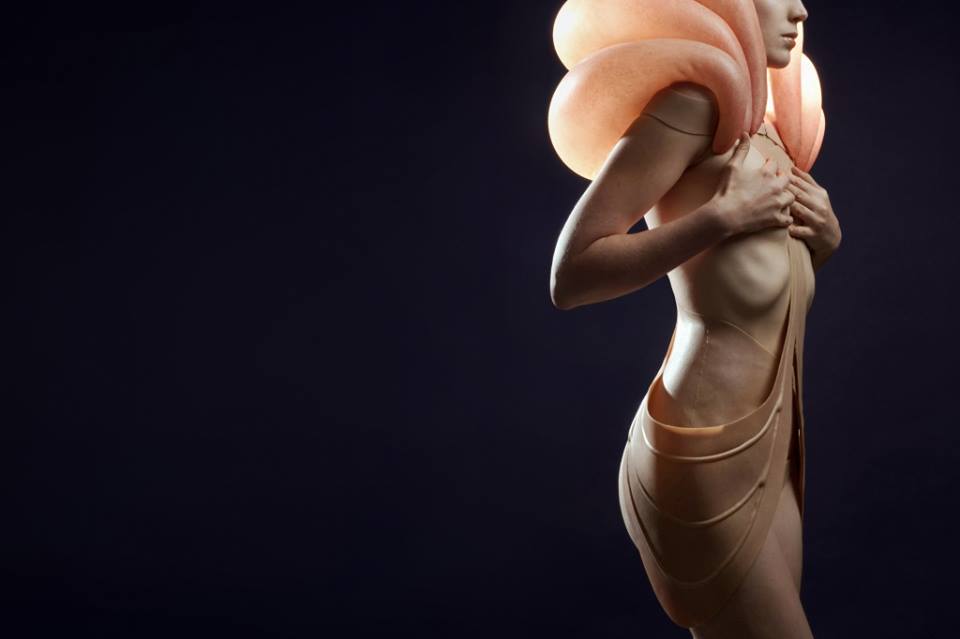
Kuflex Lab
Symbiosis
In the installation area, the human body is augmented with video projected virtual images. Viewer and technology enter a symbiotic relationship and as a result, bring to life wonderful biomorphic creatures. They change constantly – reacting to your every movement and turning into new and unique forms each time. The installation was inspired by the symmetry of living organisms, the structure of exotic insects, and reflections on extraterrestrial life forms.







